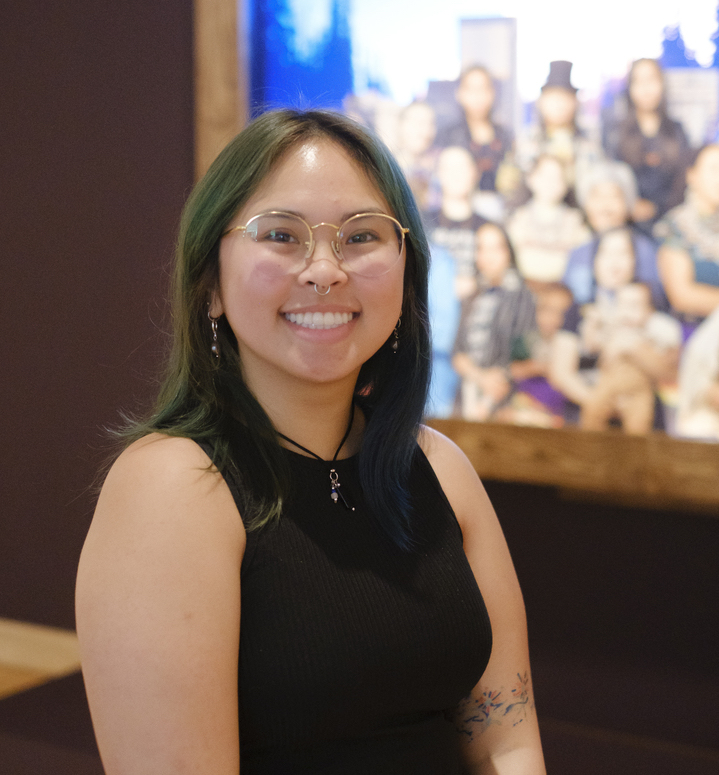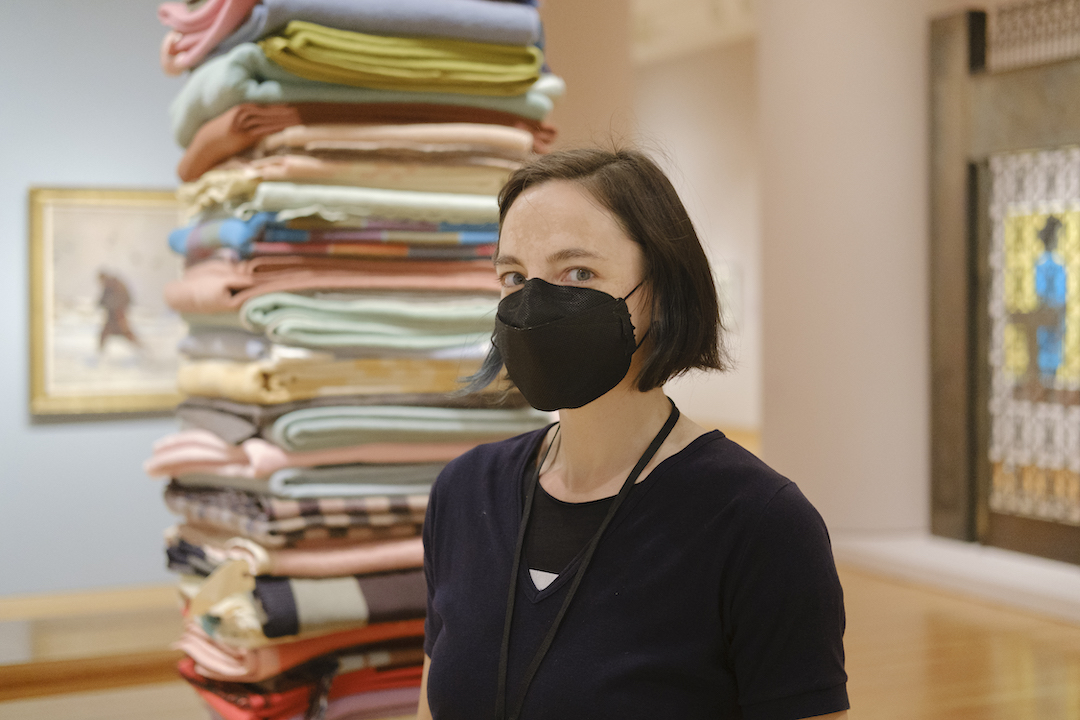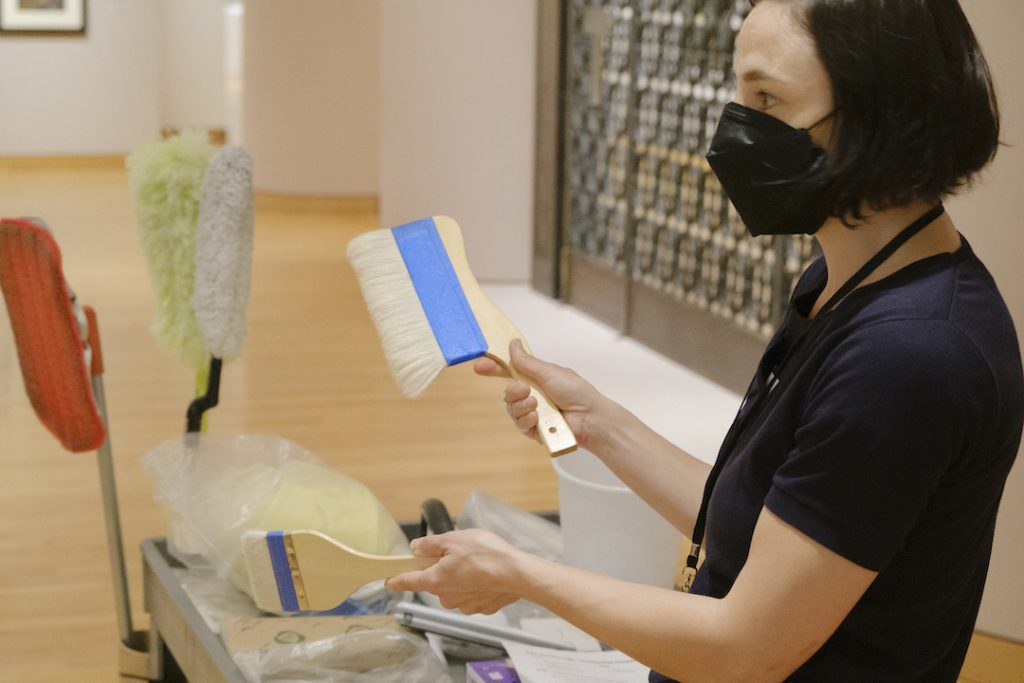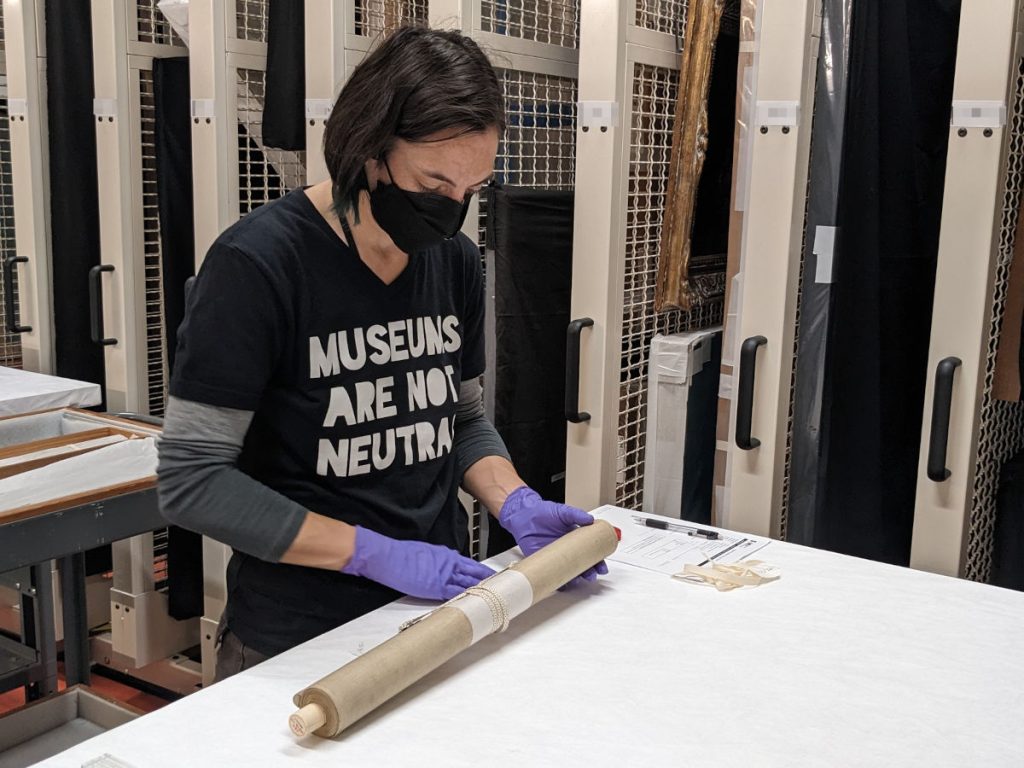The Multitudes of Museum Work: Emerging Arts Leader Aranya Kitnikone Reflects
“What do you want to be when you’re older?” Time and time again, I’ve asked myself this question.
From a young age, I developed an affinity towards the arts from my older sister, who was an artist. As my role model, they influenced my passion and professional interest for the arts. However, as a first-generation Asian American, I’ve often had to confront the stigma that comes with pursuing a career in the arts and humanities over a more ‘lucrative’ or stable field like medicine or business. In my own family, this sentiment proved especially true; it was considered a waste of time to study the arts. This mindset naturally impacted the decisions I made regarding my own future.
While I love making art and consider myself a passionate and creative person, the negative opinion of my family and colleagues pushed me away from pursuing a career arts. In entering college, I decided to pursue Human Resources and Education (the idea of working adjacent to art had never really crossed my mind). It was only when I discovered an internship in the Seattle Art Museum’s Human Resources department that my passion for creative work was reignited. It served as an opportunity to combine my desire to work in the arts with my desire to pursue a broader career that might be seen as more ‘stable’ to my family (and admittedly, myself).
At SAM, I was encouraged to connect with other creatives to find out what goes on behind the scenes at an arts institution. I was able to schedule one-on-one meetings with staff across different departments of the museum, connect with other interns, and learn more about what museum work really is. I was most excited to meet the people behind the execution of the galleries and to see exhibitions go from the planning stage to the presentation stage. I especially want to highlight my meeting with Jenni Beetem, a fellow Emerging Arts Leaders in conservation, in which I learned about the preservation of yak milk from the Mongol Empire and the fundamentals of art conservation.
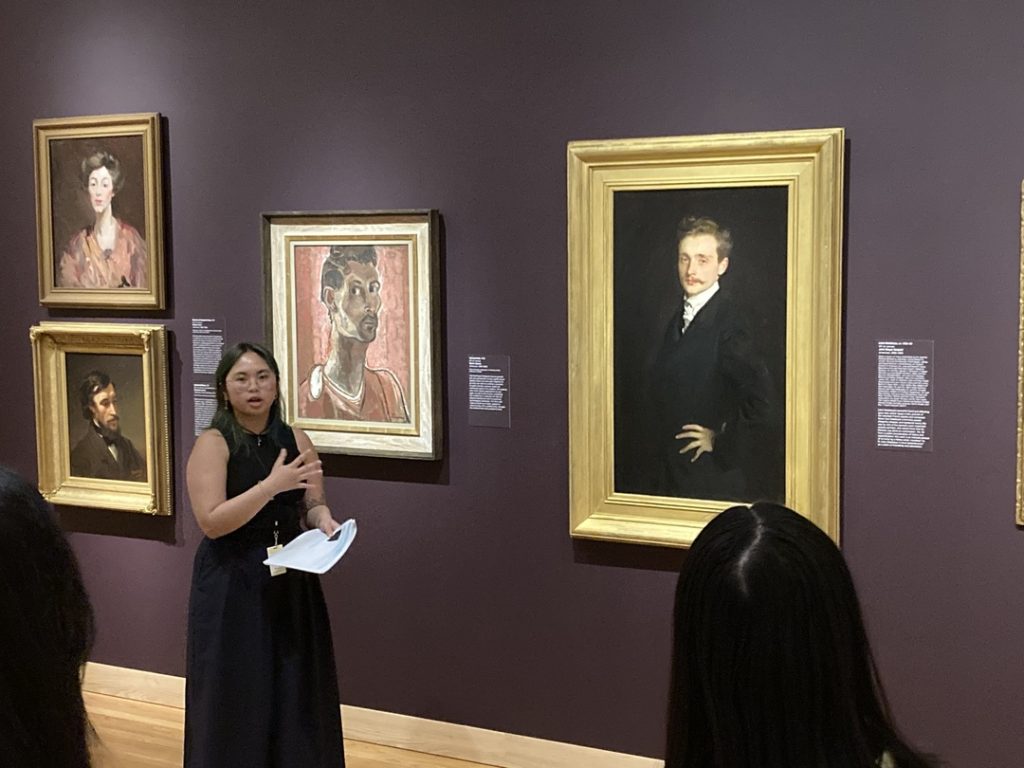
Working alongside the Human Resources team was also an invaluable experience. Ellie Vazquez, SAM Human Resources Specialist and my program supervisor, helped me to better understand what equity looks like in a museum setting and how it is practiced throughout recruitment and hiring processes. Throughout my project work, I was able to observe the diversity, equity, and inclusion (DEI) practices currently in place at SAM, and was tasked with co-editing our Equitable Hiring Guide and hosting a gallery tour of American Art: The Stories We Carry that highlighted the topics of HR and DEI. In that tour, I spoke of how DEI and collaboration have shaped gallery spaces at SAM and beyond, as well as the importance of reflecting the diversity of local communities within museum staff and projects.
In my role as an Emerging Arts Leader Intern in Human Resources, I created training videos and resources for SAM’s internal staff. Sitting in on staff meetings and having one-on-ones with my supervisor helped me gain a greater understanding of what I wanted my role in (or out of) HR to be. As I performed research on staff benefits—which, admittedly, wasn’t the most exciting aspect of my role—I enjoyed knowing that I could assist someone to understand their workplace better. So, while Human Resources did not start off as a passion, I did find joy in the principles, the learning opportunities, and especially the collaboration and connection fostered in this space. While my work may not have been directly involved in the operations of the public-facing museum space, the opportunity to connect with others behind the scenes will always be a highlight for me.
My time at SAM has been a transformative experience. I have met people from all different walks of life and have been fortunate enough to see the passion that goes into running this museum firsthand. When I first came to SAM, I held all sorts of preconceived notions on what it would be like to work in a museum. In my mind, a degree of privilege and higher education was needed to work in an institution such as this and I thought myself to be a terribly under qualified outsider. The Emerging Arts Leader program does an amazing job of combating these notions, allowing those from different walks of life to participate in, and contribute to, museum spaces. It has given me a greater understanding and respect for these institutions especially as SAM continues to grow and reflect the values of Seattle’s ever-evolving community. In leaving SAM, it’s clear that this institution is the product of a community-wide effort from the visitors, the volunteers, and the staff. Being here has allowed me to shift my idea of museums from being an institution of privilege to a space made for communities.
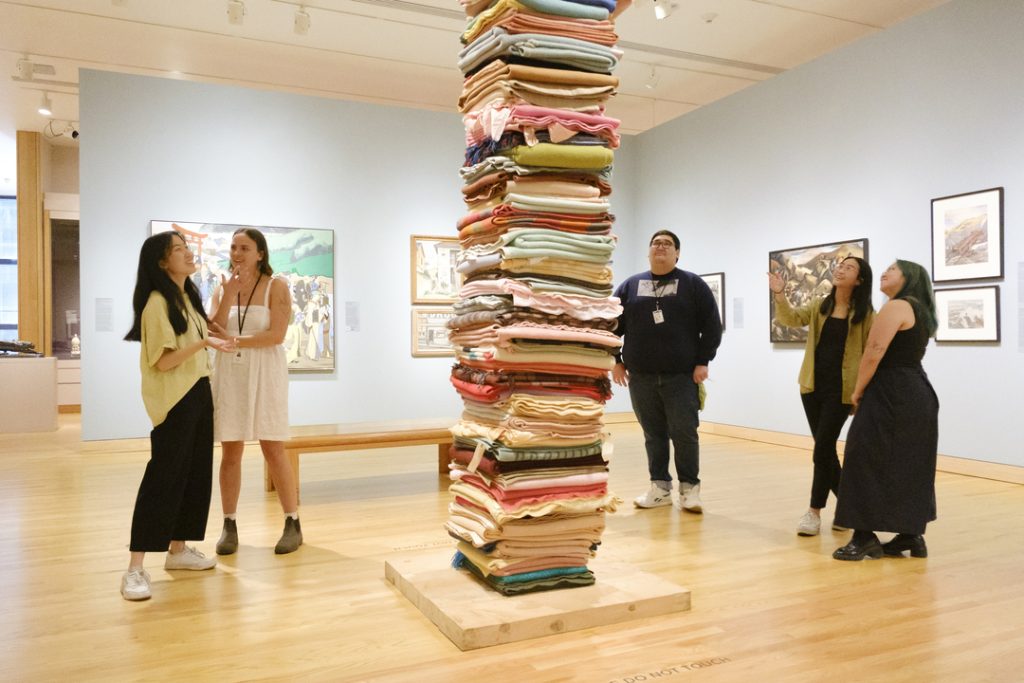
Finally, I would like to thank the specific individuals who helped me during my time here. I would like to thank my supervisor, Ellie, for all her support and guidance. I would like to thank the rest of our Human Resources team, Kathleen Maki and Andrew Young, and especially our internship coordinator, Sam Howes, for facilitating the internship process and creating a support system for us. I would also like to thank my fellow interns Elizabeth Xiong, Teagan Nathe, Jenni Beetem, Zak Sadak, Rebecca Wong, and Jo Cosme—this experience has been an unforgettable one especially because of the other amazing interns I have met during my time here. While I am now at the end of my time here as an intern, it in no way means the end of my relationship with SAM and its community.
– Aranya Kitnikone, SAM Emerging Arts Leader in Human Resources
Photos: Alborz Kamalizad & Sam Howes.
